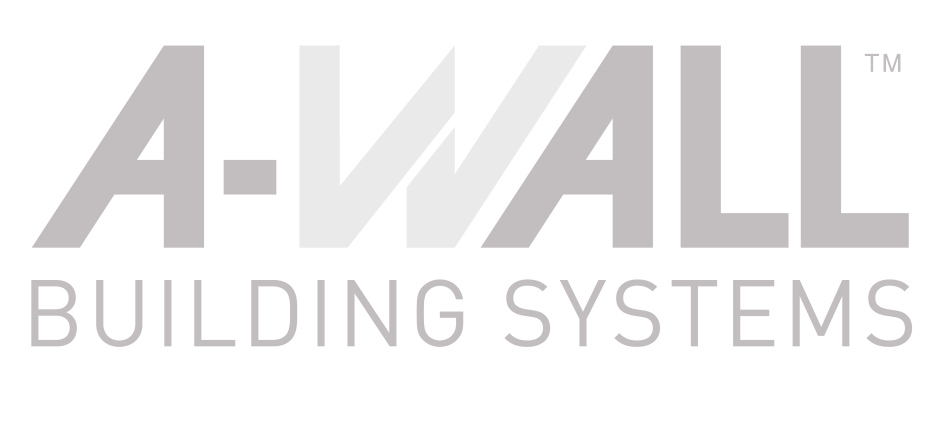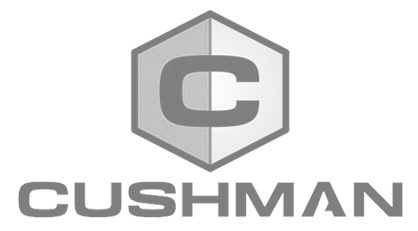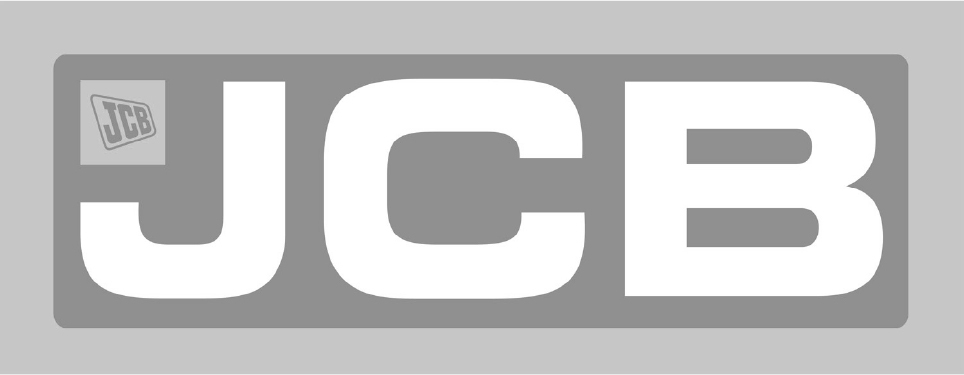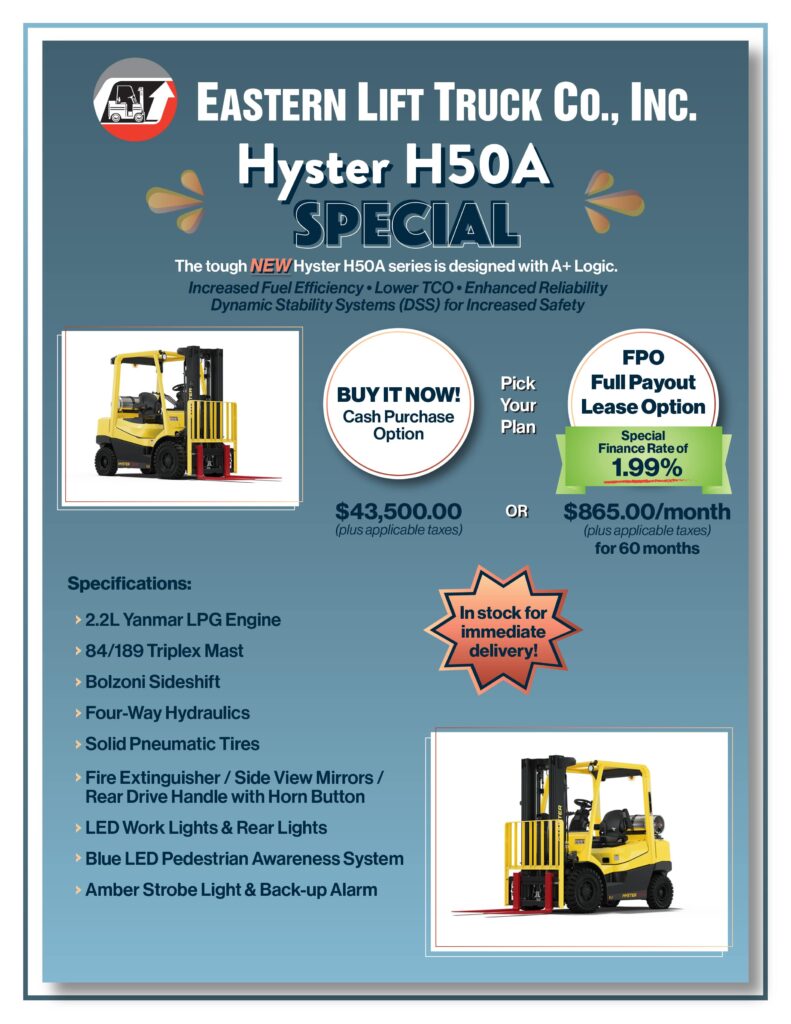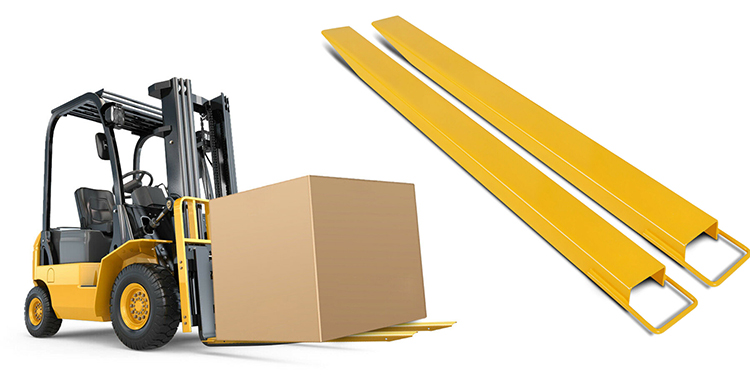
Fork Extensions are designed for the occasional need to handle large bulky loads. An additional set of longer forks is often the better choice. Fork extensions directly affect the load stability, capacity, and safety operation of fork lift trucks. If fork extensions are to be used, good safety procedures must be followed.
The safety best practices noted below are not intended to replace or supersede the forklift operator’s manual or the need to review and observe local, state and federal safety regulations.
1. The overall length of the extension cannot exceed 1.5 times the length of the fork – for example, the longest extension that can be used on 48” forks is 72”.
2. The extension should be built to fit the particular width of the fork that is being used. The inside width of the extension must not exceed the width of the fork by more than a half inch.
3. Never pick up a load with the tip of the extension. The center of the load must always be over the fork and should not exceed 50% of the length of the fork extension. For example, the load center with 48” forks (72” extensions) should not exceed 36”.
4. Be very careful not to overload the forklift. The load capacity of the forklift diminishes very rapidly as the load center is moved out from the back of the fork.
5. Forklift extensions simply slide over the normal forks on a forklift, rest on top of them, and lock into place under a fork hanger. Many fork extensions are made with a welded loop on the end to keep it in place and give workers an easier time putting them on and off.
6. Fork extensions are typically made for hook type forks, which attach to the carriage of the forklift and come in Class 2, Class 3, and Class 4 to accommodate varying carriage heights
7. Fork extensions are designed for light bulky loads. If you have heavy loads or will be exceeding maximum allowed load center (36” for 72” fork extensions), you should consider longer forks in lieu of extensions.








